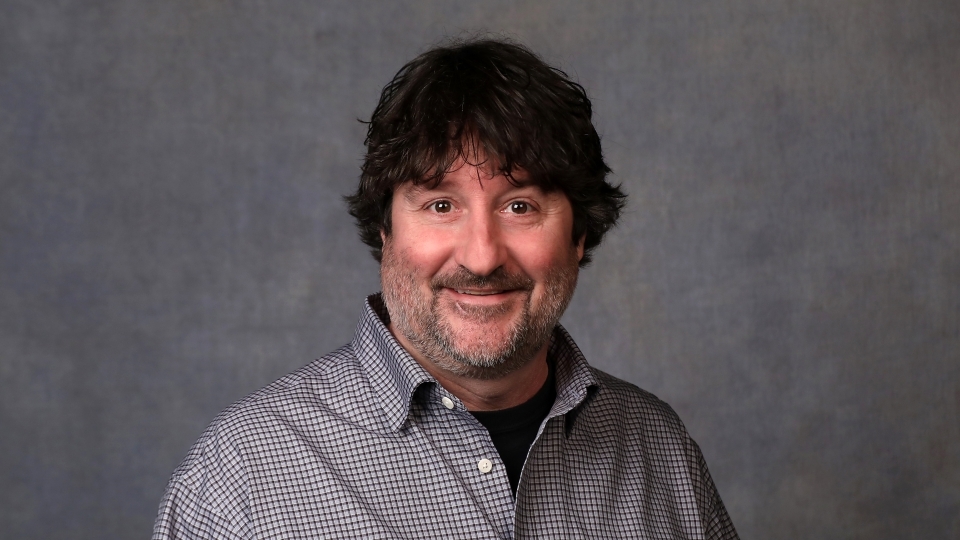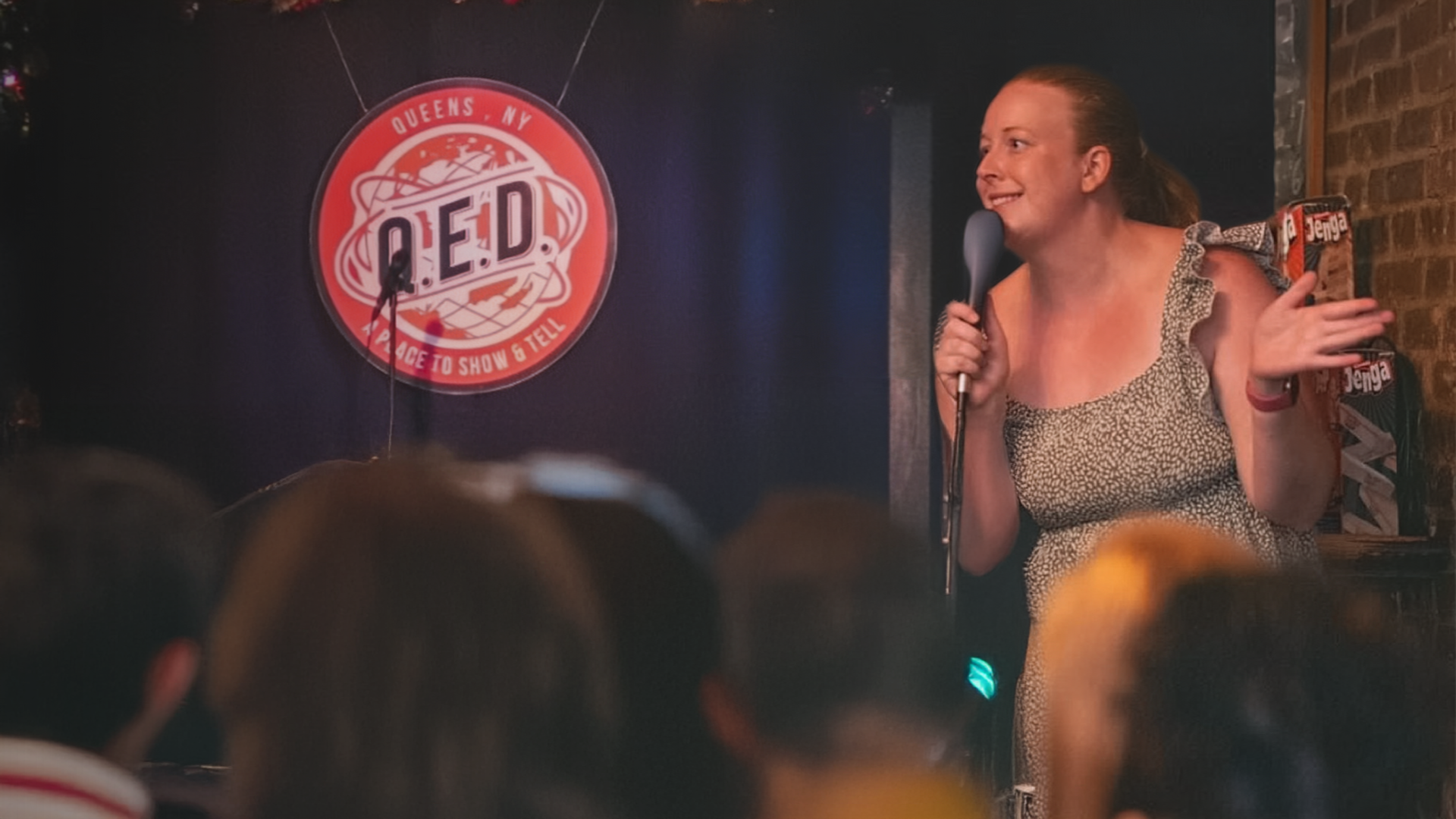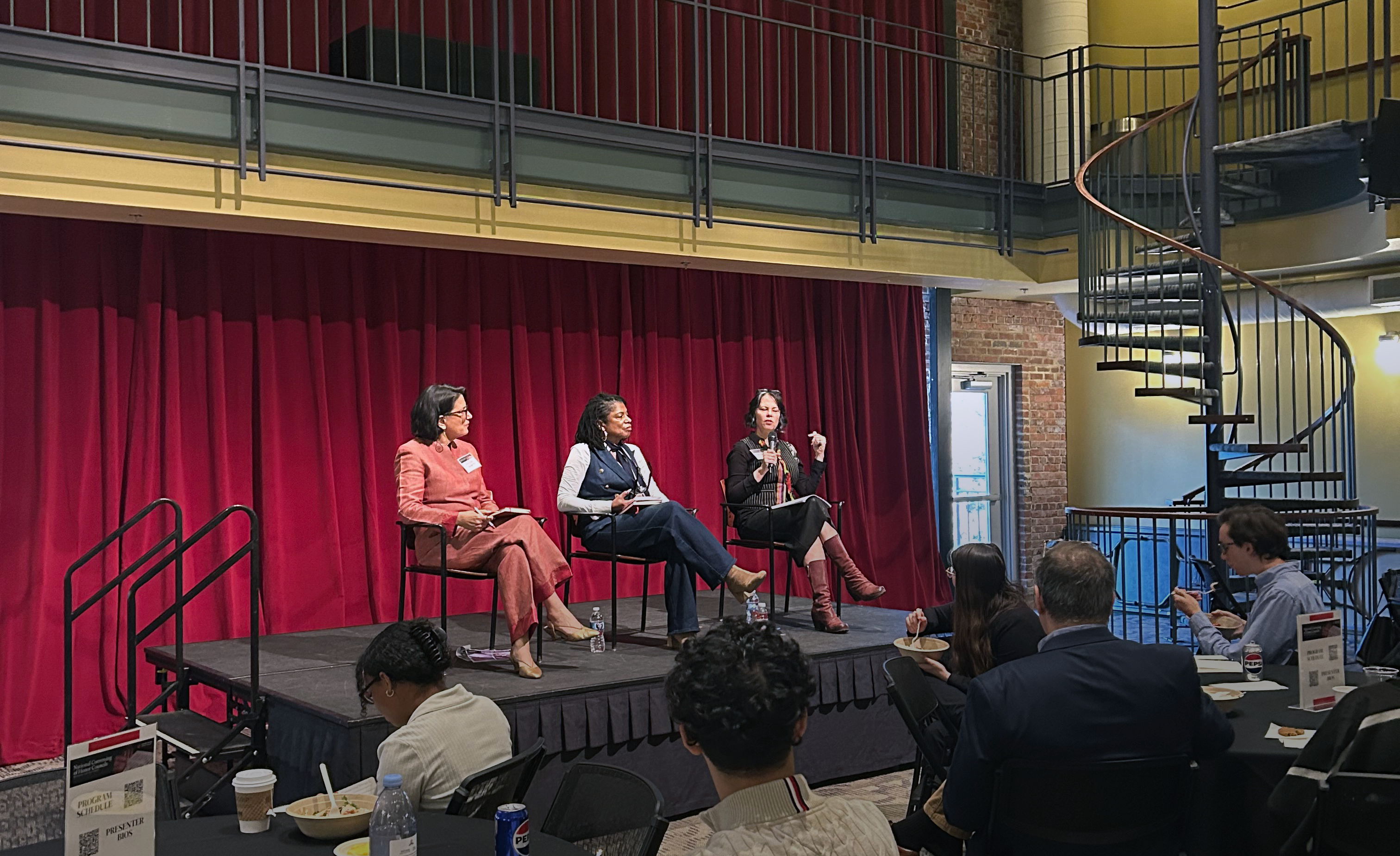Research Findings Featured on Cover of ‘American Journal of Physics’
November 2, 2020

An article published by Professor of Physics Tim Gfroerer and Morgan Bergthold ’20 in the American Journal of Physics graced the cover of the prestigious journal’s September 2020 issue.
The article, entitled “Laser Diode Coherence,” explained findings from an ongoing, multi-year experiment conducted in the Physics Department’s Advanced Laboratory capstone class.
Every semester, Gfroerer and his students refine their methodology. Gfroerer traces the latest developments to Bergthold’s persistence with an interferometer, which is an instrument that merges two beams of light to create an interference pattern that is then measured and analyzed.
Keith Frye, the department’s instrumentation specialist, built a new drive mechanism for the interferometer. Bergthold spent several months meticulously tweaking the instrument for optimal performance, collecting data along the way.
Near the end of the fall 2019 semester, Bergthold stopped by Gfroerer’s office to show him data she had collected the night before.
“I was blown away—the results were beautiful, like a work of art, revealing the presence of some very cool and unexpected underlying physics,” Gfroerer said. “That’s the data that’s on the AJP cover.”
Gfroerer explained the methodology used to capture the data.
“We send the emission from a laser diode into a Michelson interferometer, which splits the light into two beams and then recombines them,” Gfroerer said. “When the beams come back together, they interfere in accordance with the wave nature of light.”
The interference pattern changes dramatically as the laser diode current is changed from 20 to 45 milliamps because the spectrum of light emitted by the laser diode depends strongly on the drive current, Gfroerer said. At low current, the diode acts more like an ordinary LED, with a broad spectrum and narrow interference pattern. At high current, the laser behavior is activated, with a narrow spectrum and wide interference pattern.
“In between, the laser emission consists of several equally-spaced spectral lines, which interfere to produce a wonderful beating pattern,” he said. “The optical beats are similar to the acoustical beats that can occur when musical instruments are tuned to nearly matching tones.”
The individual waves combine constructively and destructively to generate a pulsating sound as depicted below.
Gfroerer and Bergthold say the results provide important insight into how laser diodes, which are used for everything from fiber optic communications to surgical instruments, behave. They write:
“As LEDs supersede other forms of lighting and laser diodes find new applications in our daily experience, this experiment gives students a unique opportunity to gain new physical appreciation for the optical devices that populate our world.”



